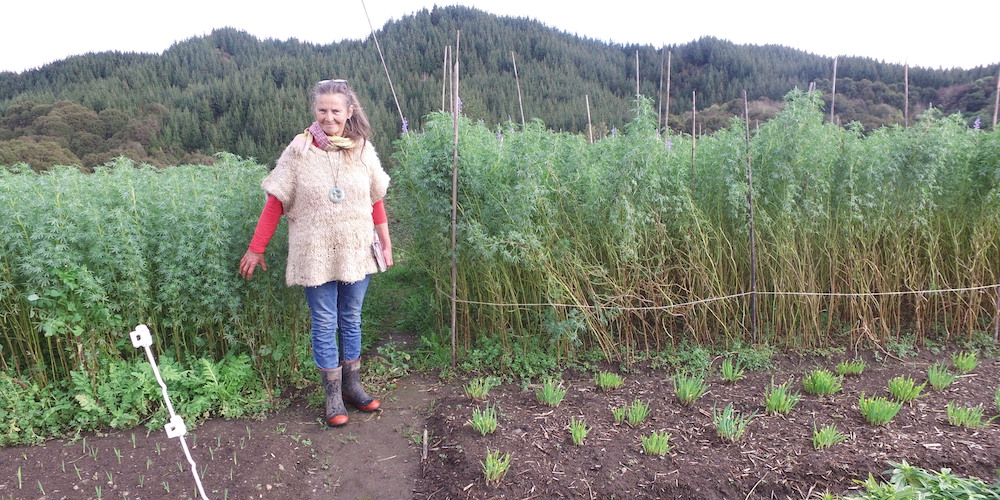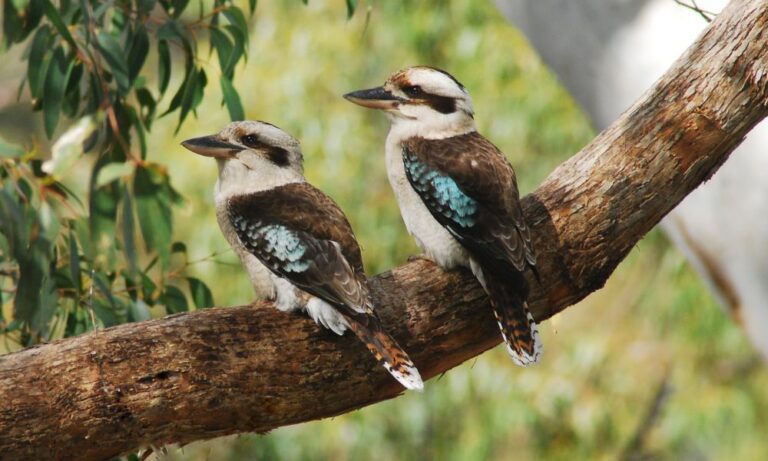The Akaroa Long Red carrot, Ponsonby Red tomato, Ruapehu cauliflower, and many more Kiwi vegetables are under threat of extinction. A new tunnel house to grow heritage seed crops this spring hopes to give new life to indigenous crops.
Koanga Institute is the organisation behind the tunnel house fundraising efforts, and founder Kay Baxter, explains the concern isn’t a shortage of seeds, it’s the unpredictable weather patterns around the time of harvest which has the potential to cause devastation to these heritage seed varieties. Hence the need for a weather-protecting tunnel.
“Unpredictable weather conditions are particularly problematic for seed collection. Periods of very wet weather can seriously impact production, sometimes resulting in complete loss of seed if the wet weather occurs around seed harvest time. As climate change continues to disrupt our weather patterns, it is of extreme importance that we not only continue to preserve seed biodiversity, but that we also increase the amount of seeds produced to ensure nationwide accessibility. For the Koanga Institute, a tunnel house will ensure produce is well-protected from the elements, ensuring our heritage seed biodiversity is protected for generations to come,” says Baxter.
Growing the right way
Until recent times, saving seeds was an integral part of the gardening year for green thumbs from Cape Reinga to Bluff. Over generations, their dedication helped to create a rich diversity of plant varieties, adapted to suit the local soil and climate, many of which have been donated to Koanga over the years. Today, knowledge of how to save seeds has largely been lost by amateur gardeners, with many Kiwis opting buy seed packets from large multinational seed companies instead. Baxter, through her work with Koanga wants to change this.
“The diversity in our seed stock is as endangered as a panda or cheetah. The packet seeds we buy in the supermarket and Garden Centres are mostly F1 hybrids and CMS seeds, bred for high yields and commercial advantages such as attractive appearance, transportability and long shelf life. Most of these seeds will produce one nice-looking crop with a reasonable yield in the first year, but results with the second-generation plants are wildly unpredictable. As a result, each year the gardener has to go back to the seed company to buy a new packet of seed. That means the future of most of the food we grow ourselves now lies in the hands of multinational companies.”
For over 30 years, the team at Koanga Institute have been developing and nurturing a precious collection of over 800 types of New Zealand heritage seeds, which have been selected and saved over the centuries to nourish people, and to be part of an evolving regenerative ecological system.
The tunnel house will be used to grow New Zealand Heritage lettuces, including Odell’s, Lightheart, Half Century and Mignonette tomatoes including Kings Gold, Hawkes Bay yellow, Ponsonby Red, Dalmatian Oxheart, and more.







